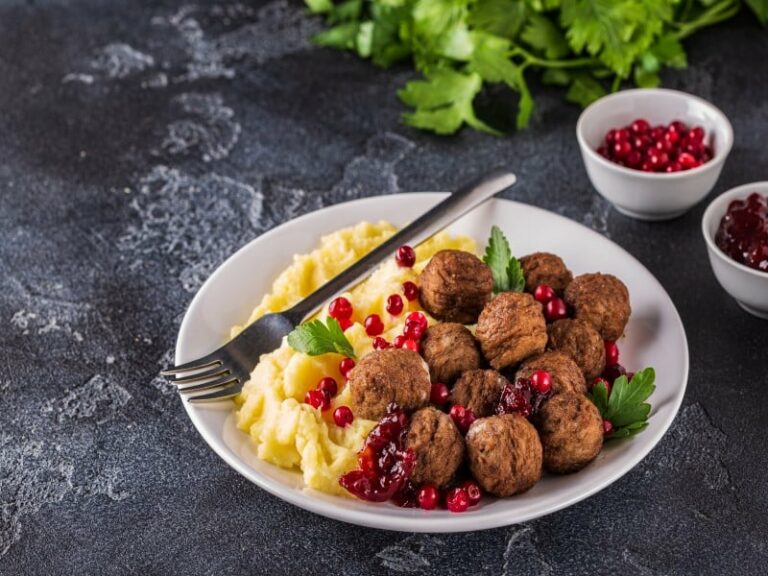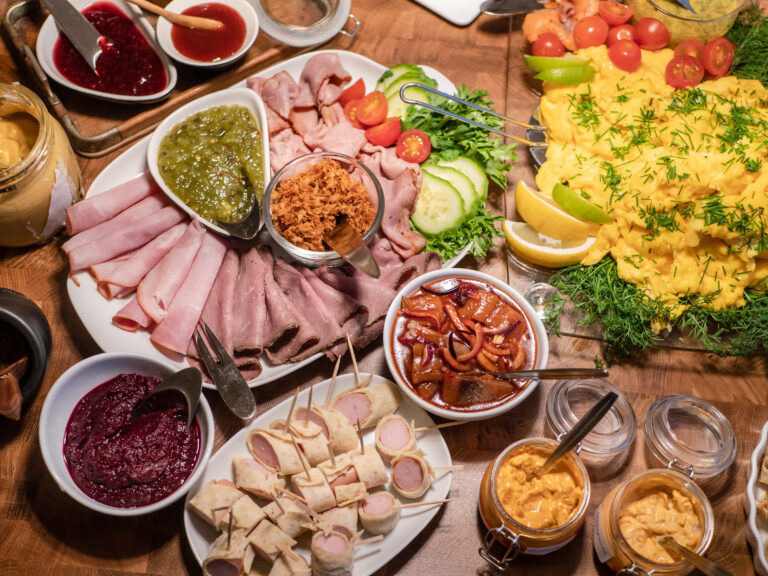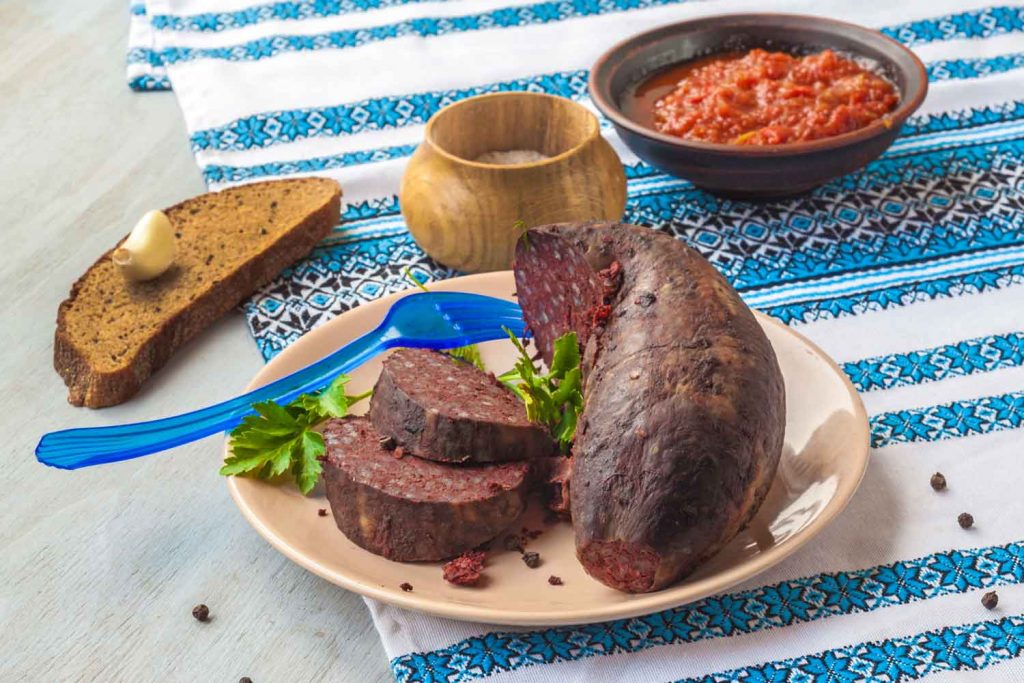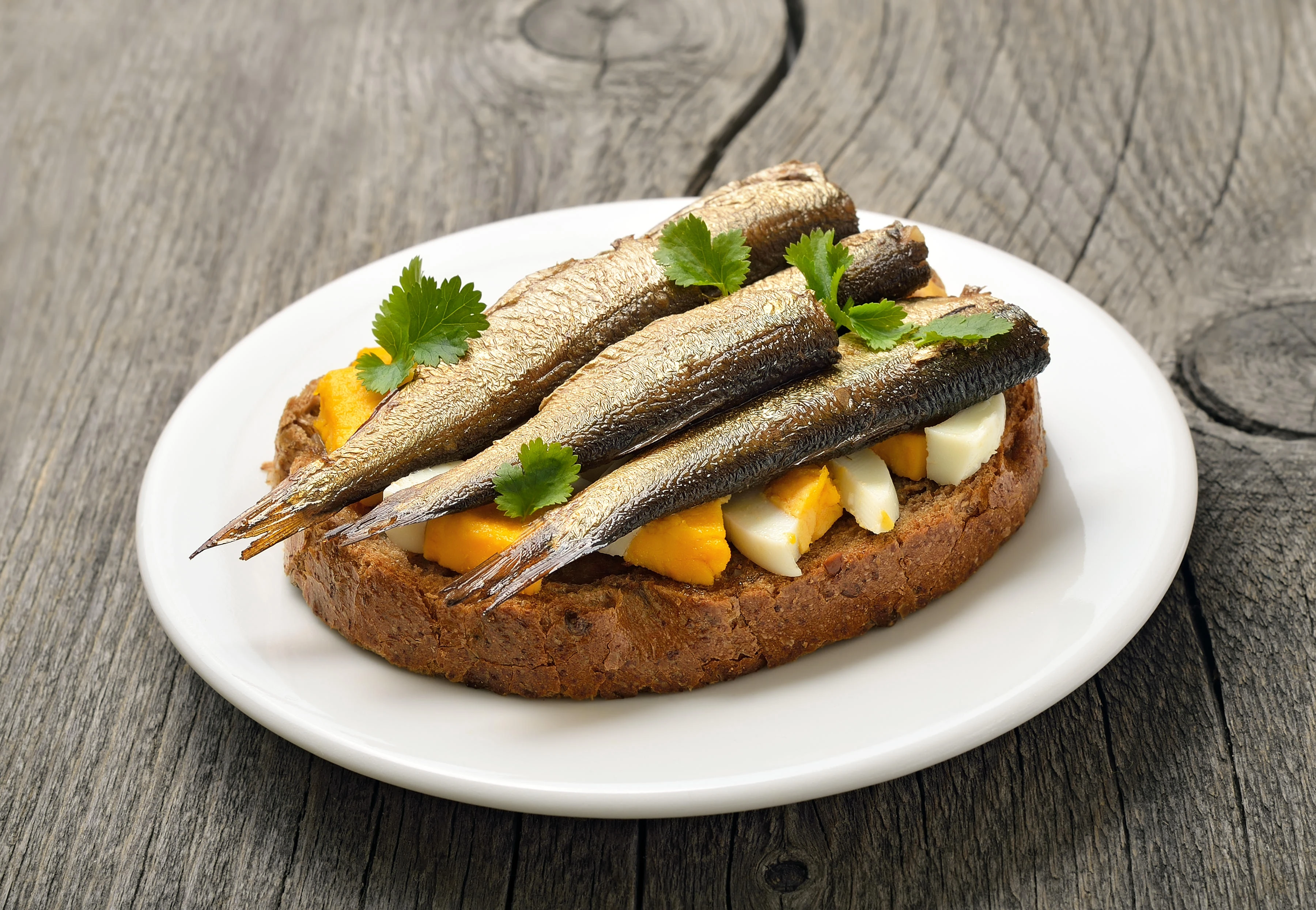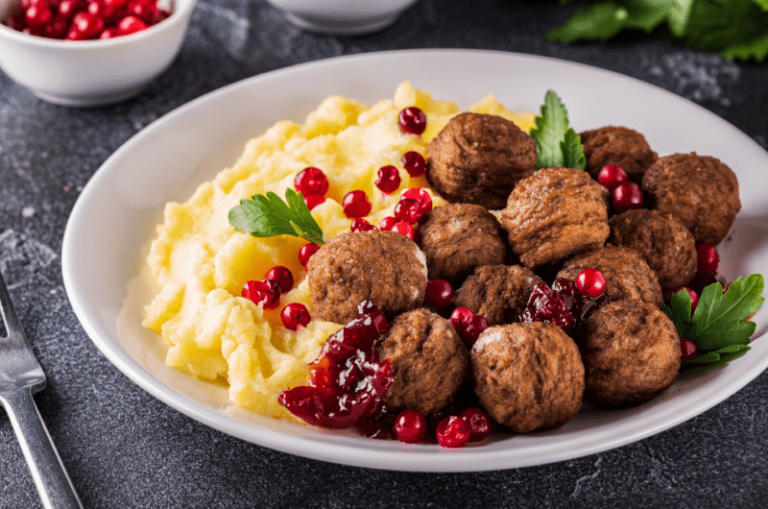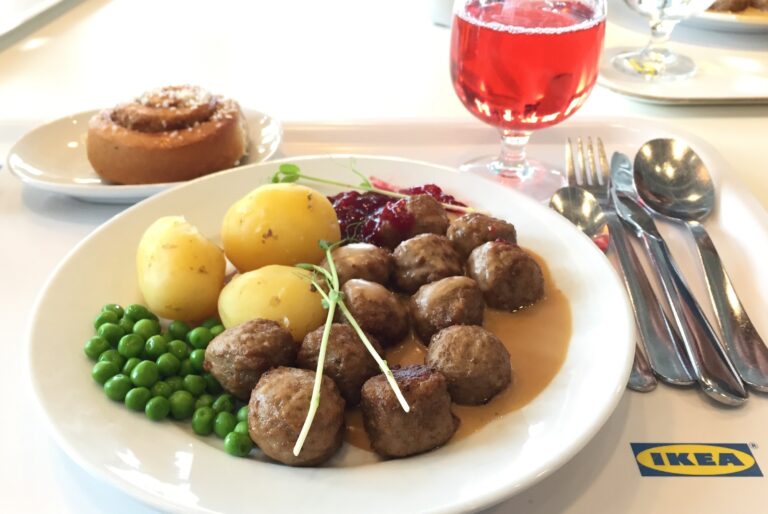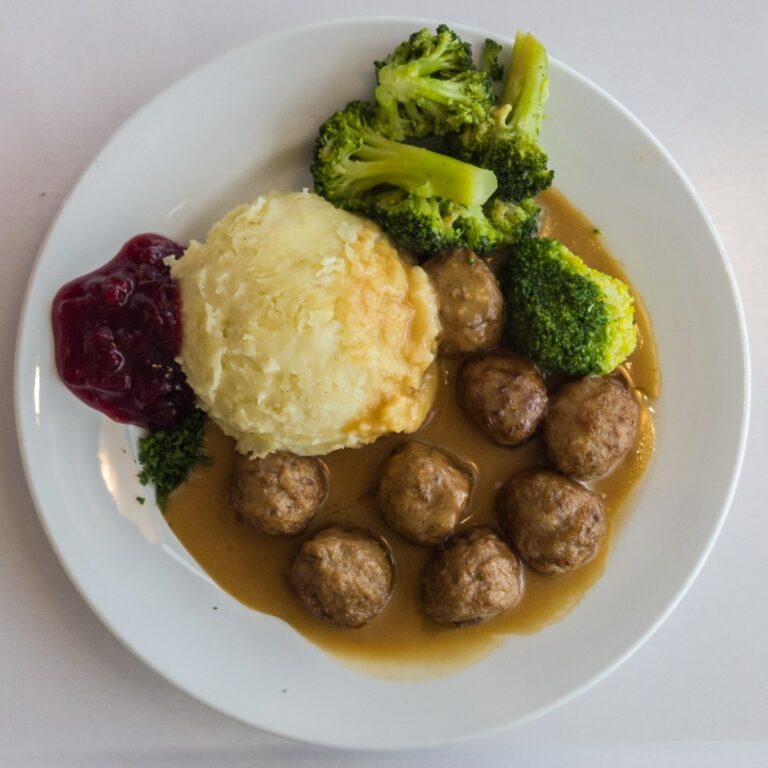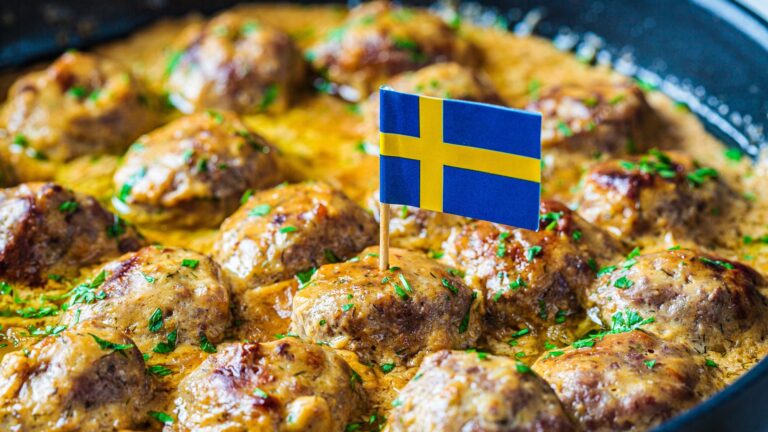Introduction: Swedish Snacks
Sweden is a country known for its beautiful landscapes, rich culture, and delicious cuisine. Among its culinary delights are some traditional Swedish snacks that are a must-try for anyone visiting the country. These snacks are perfect for a quick bite, a light meal, or to enjoy during Fika (a Swedish coffee break).
The Classic Swedish Meatball
The Swedish meatball is a classic snack that has gained worldwide popularity. The meatball is made of ground beef or pork mixed with breadcrumbs, milk, and spices. The meatballs are usually served with mashed potatoes, lingonberry jam, and gravy. This dish is a staple in Swedish cuisine and is often served during festive occasions such as Christmas and Midsummer.
Crispy and Delicious Rye Crisps
Rye crisps, also known as Knäckebröd, are a type of crispbread made from rye flour. This snack is a staple in Swedish cuisine and is enjoyed with toppings such as cheese, butter, and smoked salmon. The rye crisps are crispy, crunchy, and have a nutty flavor. They are a perfect snack for those who want something healthy and filling.
Sweet and Savory Cinnamon Buns
Cinnamon buns, or Kanelbullar, are a sweet and savory snack that is popular in Sweden. The buns are made with a sweet and spiced dough that is rolled into a spiral shape and baked until golden brown. Cinnamon buns are usually enjoyed with a cup of coffee or tea during Fika time. In Sweden, October 4th is celebrated as Cinnamon Bun Day, where bakeries across the country offer free cinnamon buns to their customers.
The Famous Swedish Sandwich Cake
The Swedish sandwich cake, or Smörgåstårta, is a savory snack that is perfect for parties and gatherings. The sandwich cake is made by layering slices of bread with fillings such as ham, cheese, and vegetables. The cake is then decorated with mayonnaise and garnished with shrimps, eggs, and vegetables. The sandwich cake is a delicious and visually appealing snack that is a must-try for anyone visiting Sweden.
Delightful Semla Buns for Fika Time
Semla buns, or Semlor, are a sweet snack that is enjoyed during Fika time in Sweden. The buns are made of a sweet and spiced dough that is filled with almond paste and whipped cream. The buns are traditionally served on Shrove Tuesday, but they are also popular during the winter months. In recent years, variations of the semla bun have become popular, such as chocolate and raspberry-filled buns.
In conclusion, traditional Swedish snacks are a must-try for anyone visiting Sweden. From the classic Swedish meatball to the delightful semla buns, these snacks are a reflection of the rich culture and history of Sweden. So, make sure to indulge in these snacks during your visit to Sweden and experience the country’s culinary delights.

